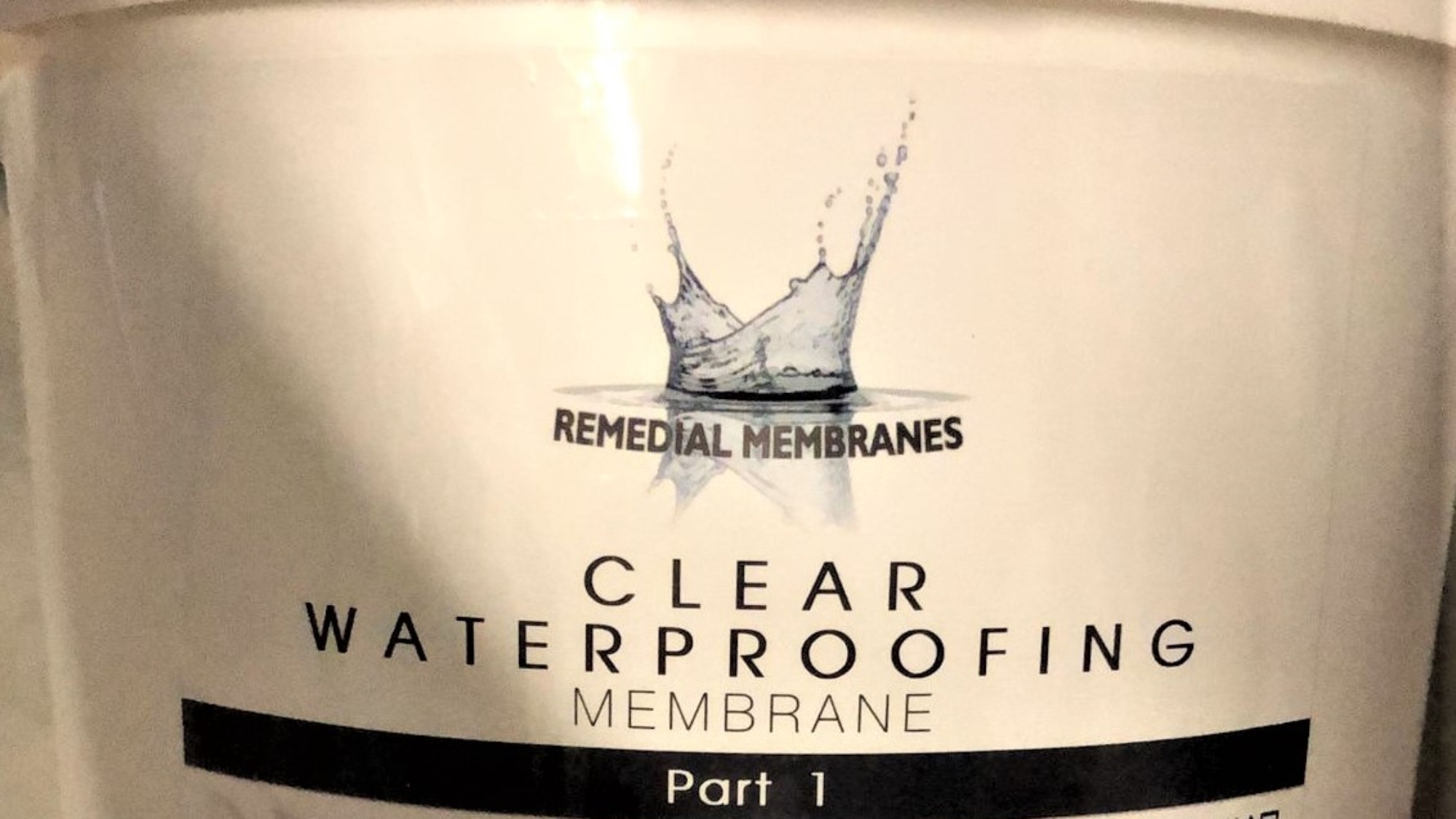Water ingress and pollutant vapor protection are high on the list of features to include in your structure to guarantee its authenticity. Water can cause significant damage to building structures. If the fundamentals are not appropriately waterproofed and protected, this damage can lead to significant cost loss and also safety hazards.
They can, however, be avoided by using waterproofing membranes. Waterproofing membranes are beneficial to all commercial, industrial, and residential properties. They are a common pick for buildings because they provide many long-term advantages that can increase their overall stability.
What Does Waterproofing Membrane Mean?
A waterproofing membrane is a layer of water-tight material that is applied to an exterior to stop the leak or damage from water. It can be adhesive or simply placed on top of the layer being protected. This material is made from a variety of materials and comes in a variety of widths and layer thickness.
Waterproofing, whether for your building’s cellar or ceiling, will help prevent water from penetrating your foundation and protect your structure from water ingress. A waterproofing membrane is added to the concrete, making it stronger and more resistant to water ingress and easy to manage.
Is It Necessary To Understand Waterproofing Membranes?
Sometimes the waterproofing element is deliberately excluded from home or bathroom renovation. Those who include them often make the mistake of choosing inferior quality. As a result, many residential and business properties encounter water damage every year as a result of ineffective waterproofing. A high-quality foundation waterproofing membrane serves as the all-important protective layer in between concrete and the surrounding earth. It prevents water penetration and can even keep dangerous chemicals out of the structure.
Because concrete and shotcrete are composite material, once the structure has established, it may break or leak due to water exerting pressure on the below-grade establishment. If the building is in a contaminated area, dangerous situations can be formed when methane gas or vapor from contaminated soil and/or groundwater drifts through concrete discrepancies. There’s no denying that waterproofing is essential in protecting your property and its worth.
Waterproofing Membranes Of Various Types
Sheet-Based: These waterproofing membranes arrive in rolls and are applied to solid surfaces, like the foundation of a building. They can be produced from a variety of components such as HDPE, butyl, PVC, bentonite, or composite materials.
Liquid Membranes: Are usually sprayed or rolled onto surfaces to achieve a smooth, joint-free membrane. Because they are joint-free, liquid membranes are frequently chosen, but it is critical to understand the thickness needed for your building conditions.
Self-adhesive Modified Bituminous Membranes: Asphalt, polymers, and tackifiers are used to make self-adhesive modified bituminous membranes, which may also consist of mineral stabilizers. Mineral granules, coatings, films, or even other opaque substrates are commonly used to surface products intended for outdoor use. A release film or paper protects the self-adhesive layer, which is excluded during installation.
Polymer-Modified Bitumen Membrane: Polymer-bitumen roll-fed sheet membranes are by far the most commonly used materials for creating the waterproofing layer. These materials can also be used as a protective layer and as an underlayment for pitched roofs. The material is resistant to temperature fluctuations as well as high mechanical loads, ensuring long-term, dependable, and efficient waterproofing.
EPDM Membrane: It is an elastomeric waterproofing membrane that has been planned and executed from high-quality EPDM rubber. It is resistant to weathering, heat aging, ozone, UV rays, acids, alkalis, and oxygenated solvents and has a great specific strength, elongation, and tear strength. The setup is simple and, more importantly, secure.
Thermoplastic Roof Membranes: Distinguish themselves from other promotional roofing systems. It is a polypropylene-ethylene-propylene blend that is frequently reinforced with polyester. To attain the expected physical properties, TPO sheets can incorporate UV absorbers, colorants, flame retardants, or other additives.
Bitumen Membrane: Hot melt liquid bituminous rubber blends structural waterproofing systems with an interlaid reinforcement.It could be used in ceiling and podium deck implementations to have a smooth waterproofing membrane for high green roofs and podiums. Sometimes they are recommended for winter applications due to their low temperature laying ability.
Polyurethane Membrane: These products include a fiber-enhanced one-component water-based polyurethane membrane. They are intended for use in a variety of waterproofing applications in which the membrane will be coated with tiles, screeds, concrete beds, etc.
Polypropylene Membrane: This is a highly effective and long-lasting waterproofing material widely used during building projects. It is a popular waterproofing material for concrete flat roofs.
PVC and TPO Membranes: These are two types of highly flexible sheet membrane systems that can be used to secure any concrete structure. To meet the most stringent requirements, it could be constructed as a standard single-layer compartment system all the way up to an active control system.
Professional Help
When applying waterproofing membranes to a substrate, care must be taken. It is critical to understand which substrates work and which do not work well with waterproofing membranes. It is also necessary to consider the environment in which the waterproofing membrane will be applied. Some membranes are very sensitive to moisture during the application phase and will be ineffective if not applied properly.
Allowing waterproofing membrane experts to do their work is the most certain way to complete your project. In the Northern Territory, you can rely on iTile Bathrooms NT to handle this for you. You can be confident that you will hire trustworthy individuals with years of proven experience in this field. Give us a call at +61 0400 729 303 and we’ll get back to you as soon as possible.


Add a Comment